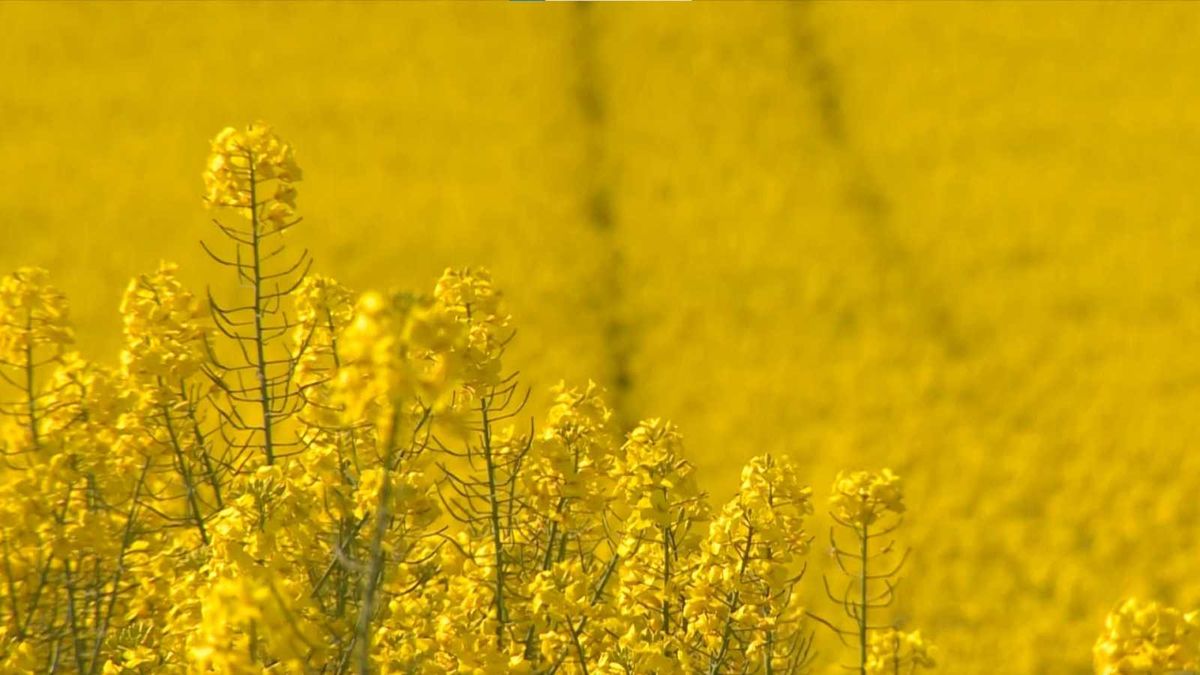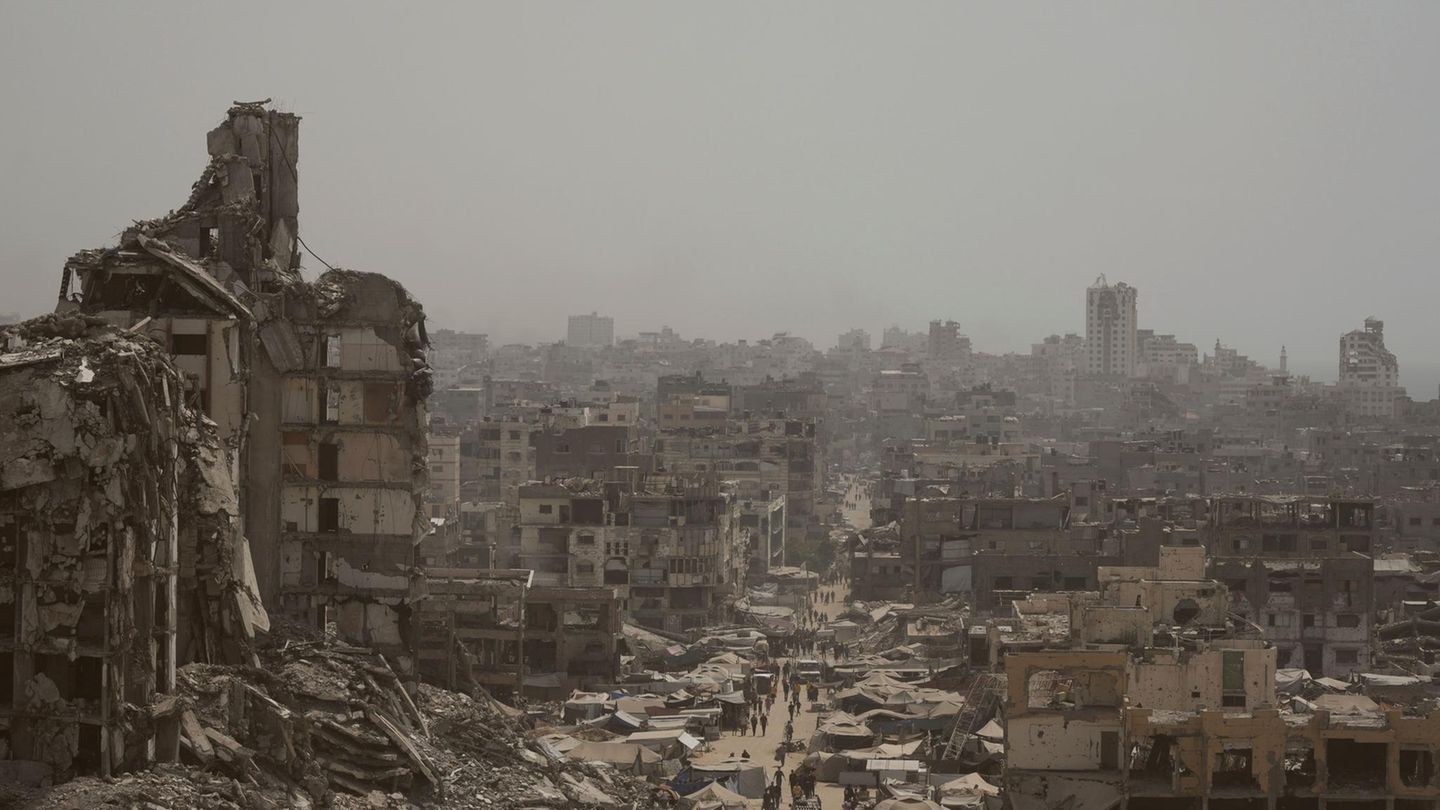Winter sowings are coming to an end, marked by a lack of precipitation, although it was positive for wheat and barley.
This year the producers They had to face the worst drought in the last hundred years where not only summer crops were affected, but also those of winter They had to carry the inconveniences that had been occurring since the beginning of December.
The content you want to access is exclusive to subscribers.
Being the thirteenth agricultural emergency in recent years in the Uruguaythe lack of rainfall also affected crops such as wheat, barley and rapeseed, the latter being the worst performer.


A little over a year ago, the price of rapeseed was between 700 and 800 dollars per ton, while today it costs approximately 400 dollars. This way, its profitability is highly compromised.
In the decrease in its price, they had to do, first of all, with the delays in summer harvests which usually stop growing with the onset of frosts in March, which favors the harvest. However, with the rains in March, the plantations became green again, causing the cycles to extend.
In addition to this, the dry season had to do with the unsuitable soil conditions to plant again after the summer harvests where the producers had to wait for the arrival of the rains, leaving their plans adrift.
Another factor is that last year they used 348,000 hectares for planting rapeseed. Faced with this, it is necessary to take into account that it is not recommended to repeat rapeseed on rapeseed.
Barley and wheat, for their part, maintained a good price, while they were able, based on crop rotations, to arrive on time for planting and, later, harvest. He wheatFor its part, it was again this winter the most important cropsince it had been taken over by rapeseed last year.
Source: Ambito




